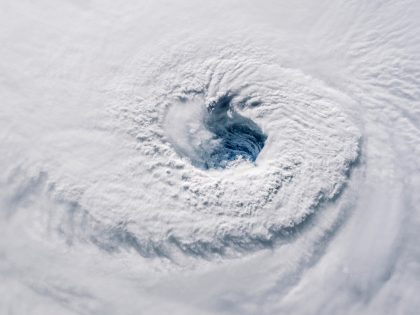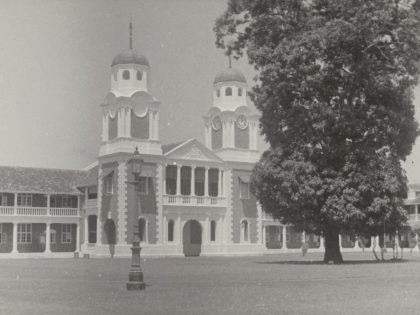What about human rights for ‘non-humans’
Human rights cannot offer a framework for humanizing the non-human savage - the non-human black body - because it is not designed to do so.

Charlottesville protestors being run over by white supremacist on August 12, 2017. Image via Associated Press.
Human rights is an anthropocentric discourse that centers the “human” in its articulation of various rights claims. Human rights is therefore often described as rights that all humans possess inherently because they are human, or as rights that can be claimed by humans through various legal mechanisms that give effect to these rights.
But what about the non-human; an entity, often a black body, that takes on human characteristics but is not recognized as human? Can human rights comprehend the non-human?
The non-human, which sometimes exists in the form of the “savage” and is referred to in various ways including “kaffir,” “sand nigger.” “faggot,” “cunt,” and “retard” is a creation of the human. Humanness therefore coexists with the dehumanized non-human.
Does invoking the idea of the non-human, perpetuate dehumanization? Perhaps. But the awfulness and reality of the term “non-human” is nothing compared to the miserable existence of non-humans. The capture and killing of black bodies in the United States for instance, through the extermination of indigenous peoples, slavery, racism, mass incarceration, and more recently, legally sanctioned killings by police officers, exemplifies this existence. The term’s ugliness and awkwardness is therefore deliberate.
The “non” and the “human,” held together by the fragility of a hyphen, is always defined in relation to the human. Humanness is therefore relative to the subjugation of the non-human. This violent suppression is not only existential, it is also epistemological; it repudiates non-human knowledge and ideas.
Furthermore, the non-human is not quite the same as property despite connections between slavery and non-humanness. Slave owners – historically white European and American men – took particular care of their property, such as ships, houses, land, cattle and horses. Since property has value, it is usually looked after. Slaves on the other hand were beaten, raped and murdered, and were therefore treated differently to property, including animals.
The non-human savage is therefore not only less than human, but also less than property and animals.
If the non-human entity therefore exists, to what extent can human rights facilitate the humanization of the non-human? Genealogically, human rights emerged from the ashes of war and violence, particularly in the aftermath of the Second World War. Its origins are therefore intrinsically connected to the violence of the holocaust and attempts by Euro-American liberals to humanize the survivors of the genocide and to put in place a framework to prevent this dehumanization from recurring.
Consequently, the universal human rights framework is largely formulated by white Euro-Americans for white Euro-Americans. Its foundational philosophy is centered on liberalism, individualism and rights claims aimed at humanizing particular survivors of the holocaust. The universal human rights project has been largely successful in Euro-America because European values are vernacularized as universal human rights values. In some ways, the continued marginalization, after the introduction of universal human rights, of holocaust survivors who were Roma, queer people and people with disabilities supports this argument.
As a result, human rights cannot offer a framework for humanizing the non-human savage. It is incapable of engaging the non-human black body because it is not designed to do so. In order for human rights to engage the non-human, the clergy who worship at the altar of universal human rights, have to excommunicate the “human” from “human rights.” Is this even possible? And if so, how will the process of excommunication change the nature, language and symbolism associated with human rights discourse?
It seems unlikely that human rights discourse is innovative or creative enough to engage the non-human. And so consequently, the non-human often has to exist and operate outside of human rights and its legal, declarationist framework, employing disruption as an alternative mechanism of engagement. The non-human’s struggle for liberation can be seen as a continuation of the interminable decolonial struggle. But it is also a struggle that is often contradictory, taking on eclectic forms and meanings in different spaces. It is an emergent struggle.
Human rights therefore appears ill-suited to deal with the contradictory, emergent, radical non-human. It cannot comprehend the messiness, the ugliness, the complete and utter brokenness of non-human existence. Recognizing the inadequacy of human rights, is it time for a new emancipatory framework?



















